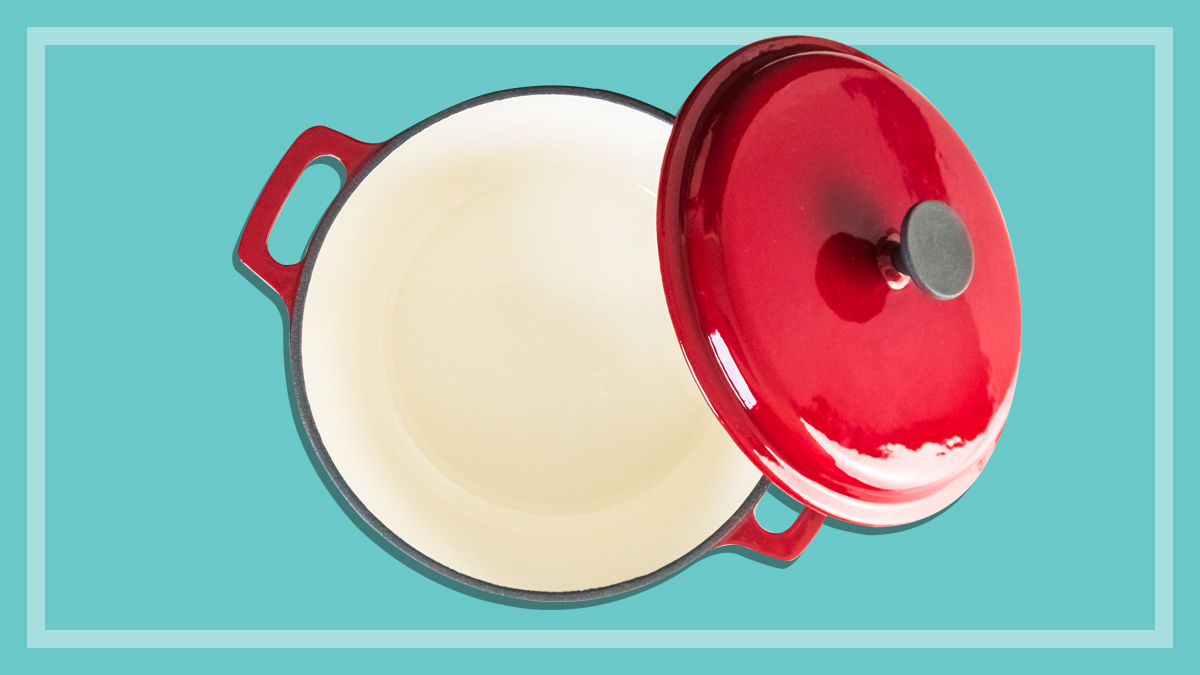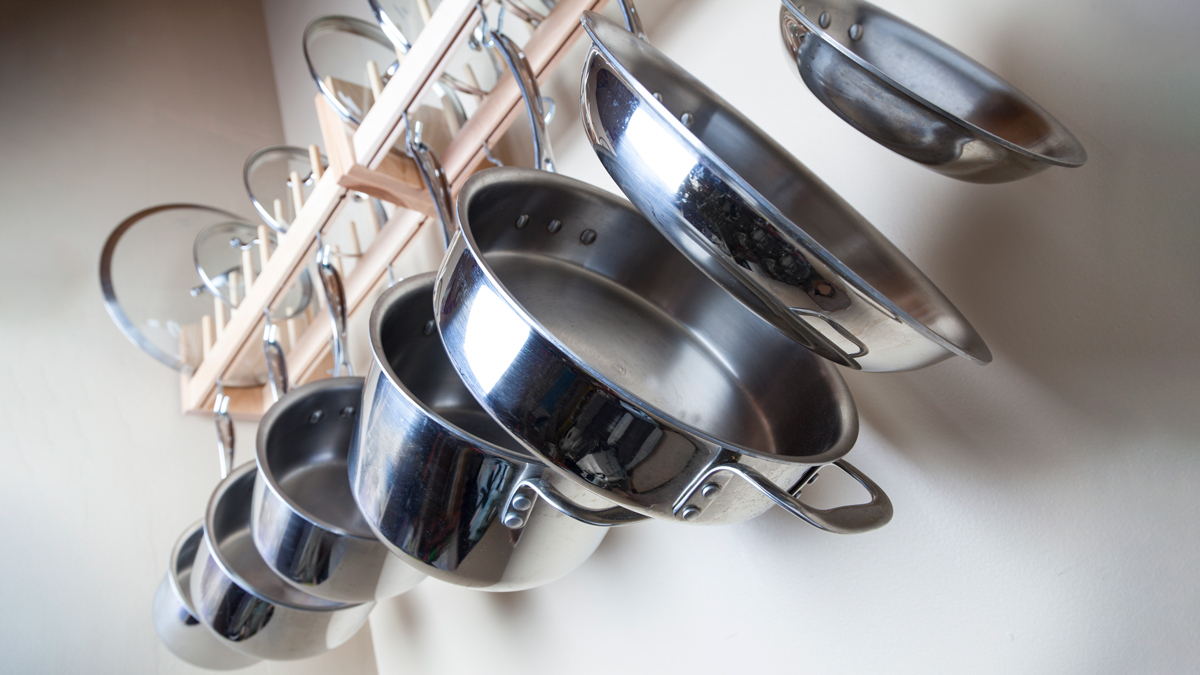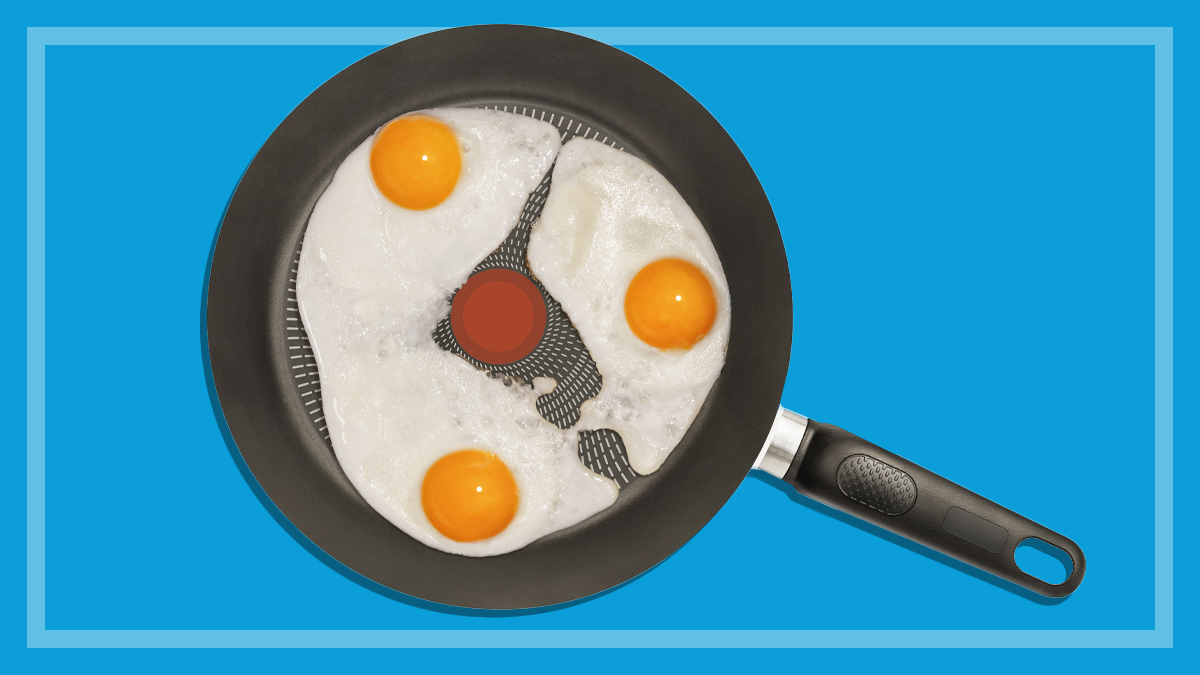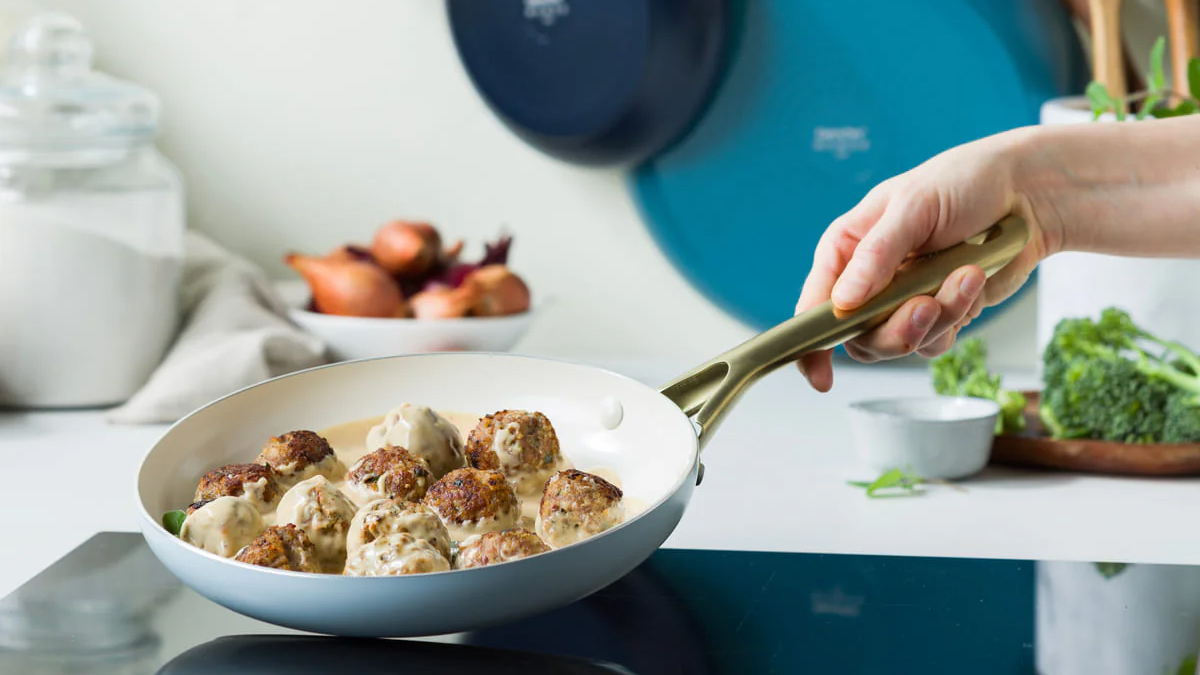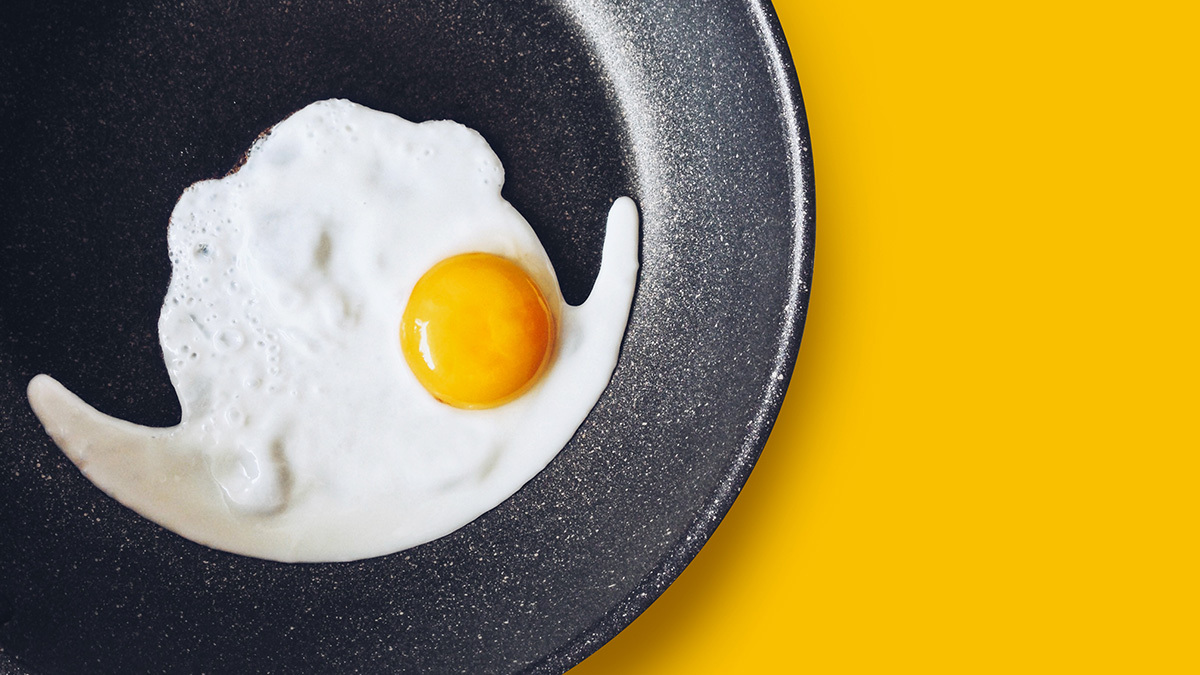Get our independent lab tests, expert reviews and honest advice.
What to know before buying a Dutch oven or casserole dish
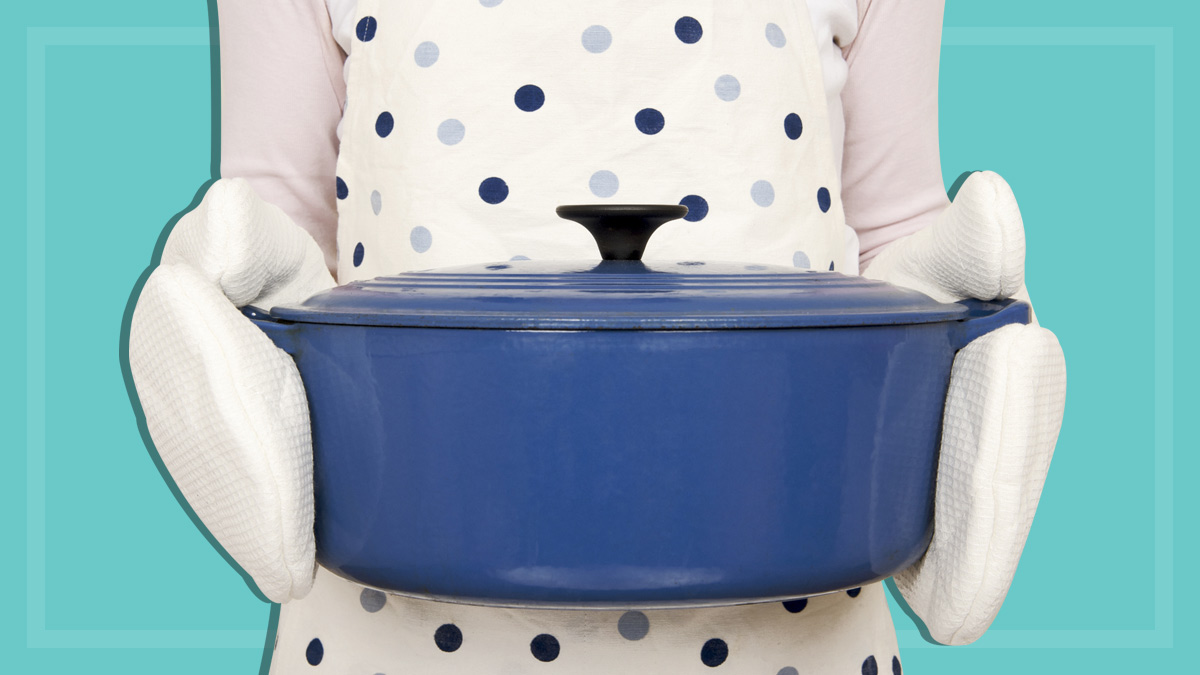
Casserole dishes or Dutch ovens (also known as cast iron cookware) are a handy and sustainable cookware option. The cast iron construction is extremely durable and long-lasting, so if you look after them and use them properly, they can last a lifetime.
On this page:
- What is a Dutch oven?
- How much do they cost?
- Dutch oven vs bread oven – what's the difference?
- What to look for
- How to season a Dutch oven
- Using cast iron cookware safely
- How to clean a stained Dutch oven
But you can easily spend a lot of money on one of these pots – the most expensive model we’ve tested retails for a staggering $825. So it’s important to do your research before hitting the shops.
What is a Dutch oven?
A casserole dish or Dutch oven is mostly constructed of enamelled cast iron, and this type of cookware is praised for its ability to provide excellent heat distribution and heat retention.
These qualities are ideal for cooking meals that require braising or searing and then slow cooking, allowing flavour to develop over an extended period of time.
How much do they cost?
You really can spend a fortune on one of these pieces of cookware – we’ve tested Dutch ovens that cost as little as $25, while others cost as much as $825.
But the silver lining is that even the cheapest models perform well for their price point.
These pots are also often discounted, so it’s worth shopping around or even waiting for a sale if you’re in the market for one.

Dutch oven vs bread oven – what’s the difference?
Dutch ovens and bread ovens are both made of cast iron.
Dutch ovens are usually a deep pot, perfect for braising, stews and sauces that require slow cooking and baking bread.
On the other hand, bread ovens have a specialised design, with a large dome lid and shallow base. While they’re marketed specifically for bread-making, you could also use the shallow base for frying or roasting.
The bread oven’s specialised lid helps with steam retention – sealing very well to hold the steam to create nice browning and crust. The dark interior of the bread oven also helps to promote better browning.
So, which one to buy?
If you’re serious about bread-making you might want to invest in a bread oven. We’ve tested two from Crumble and Le Creuset that received perfect results for baking bread.
If it’s versatility you’re after, you might want to opt for a Dutch oven.
What to look for
Lid
Make sure the lid fits tightly to create circular heating effect, allowing moisture to return to the dish through condensation. A good screw on the lid that holds the handle in really firmly is also important.
Handles
These will help you move a pot that’s filled with food from the cooktop to the oven to the table for serving. However, if the handles are not a good size then lifting the pot can become tricky. Look for larger handles that are still comfortable to hold when wearing oven mitts.
Basting spikes
Some lids have bumps underneath them, called basting spikes. The idea is that when condensation builds up, the spikes drop the liquid back into the dish.
Dishwasher-safe
While some models say the pot can be cleaned in the dishwasher, ultimately, it’s not a good idea and we’d strongly recommend against it. Constant dishwashing can cause the enamelled surface to dull and lose its non-stick capability.
Oven-safe
Not all manufacturers specify the temperatures their cookware can withstand. Generally, casserole dishes and Dutch ovens should be able to withstand temperatures up to 260°C in the oven.
Weight
These pots are heavy and get even heavier when filled with food. Try lifting the different pots when you’re instore to see what’s right for you.
Size
While generally round or oval in shape, casserole dishes are available in a range of sizes. It’s important to make sure the base fits the size of your cooking zone well.
Warranty
Some manufacturers offer lifetime warranty on their products, and when you’re forking out hundreds of dollars for a piece of cookware it’s good to know you’ll be covered if any issues arise. In some cases a limited lifetime warranty is offered, so be sure to have a look at what the warranty covers.
Pre-seasoned
Some manufacturers offer a service whereby for an extra fee you can purchase the pot pre-seasoned.
How to season a Dutch oven
If you look after your cast-iron cookware, it can last a lifetime. This is especially true for cast-iron cookware that isn’t enamel-coated, as there are no issues with durability and chipping enamel.
Pay particular attention to the manufacturer’s instructions in regards to care and seasoning the cookware before first use.
Most manufacturers recommend simply washing the pot in warm, soapy water. Some may even recommend smearing the interior with vegetable oil.
Seasoning your Dutch oven is important to protect the raw cast iron from rusting, and can also help to avoid sticking
Regardless of the method, seasoning your Dutch oven is important to protect the raw cast iron from rusting, and can also help to avoid sticking.
For raw cast-iron pots and pans, manufacturers may suggest to avoid cooking acidic foods in them initially until the seasoning is really working. This is because the acid can break down and destroy the layer of seasoning.
Over prolonged use, you may notice the shiny coating on the interior of the cast iron enamel pot can fade and become dull. This can cause foods to stick and may require you to stir more frequently when simmering. Rust can also occur when the coating is chipped.
To prevent these issues, season the cookware after each use with a thin coating of vegetable oil.
Using cast iron cookware safely
Since their purpose is to retain heat, you should be mindful that Dutch ovens and casserole dishes can get pretty hot during cooking, and remain hot for quite a while after cooking is complete.
When handling this type of cookware, it’s important to use oven mitts whether you’re moving the pot by the handles or lifting the lid.
This cookware is also quite heavy, even more so when it’s full of food. The casserole dishes in our review range in weight from 4.8kg up to 8kg.
Always be sure to lift and not drag (especially on a glass cooktop), avoid using metal utensils as this may scratch the surface, and be cautious when lifting and closing the lid as the enamel can chip if you’re rough with it.
Avoid thermal shock: This occurs when there are big changes in temperature – for example, you’ve been cooking on high heat and then put the pot straight in the sink with cold running water. This can be detrimental to the effectiveness of the cookware. Instead, preheat on medium to slowly and evenly heat up the cookware, and let it cool before putting it in the sink to clean.
How to clean a stained Dutch oven
It’s no secret that cheap Dutch ovens are particularly prone to staining. And if you’ve splashed out on an expensive one, you’ll want to make sure you’re maintaining it properly to get the most out of it.
Our experts in the kitchen lab, Fiona Mair and Chantelle Dart, recommend following these simple steps for cleaning your Dutch oven after any staining.
- Soak the pot in a bicarb paste by sprinkling bicarb on the surface and then spraying with water so it becomes damp.
- Leave it to sit overnight.
- Use a non-abrasive sponge with warm, soapy water to clean the surface.
- If the pot is raw cast-iron or dulled, season with a thin coating of vegetable oil. Enamel pots don’t usually need to be re-seasoned after each use.
We don’t recommend putting your Dutch oven in the dishwasher (even if the manufacturer says you can) as it can cause dulling of the enamel finish. Also steer clear of metal scourers when cleaning these products as they can be too abrasive and scratch the enamel.

